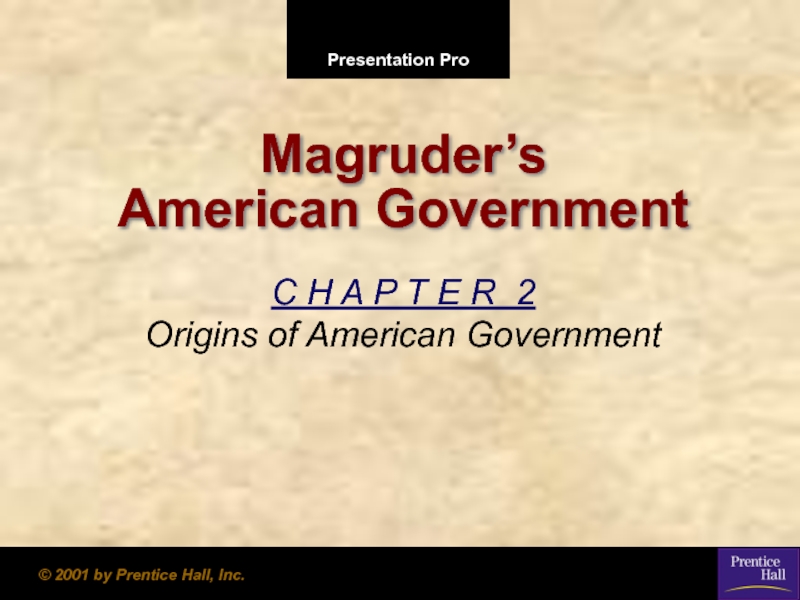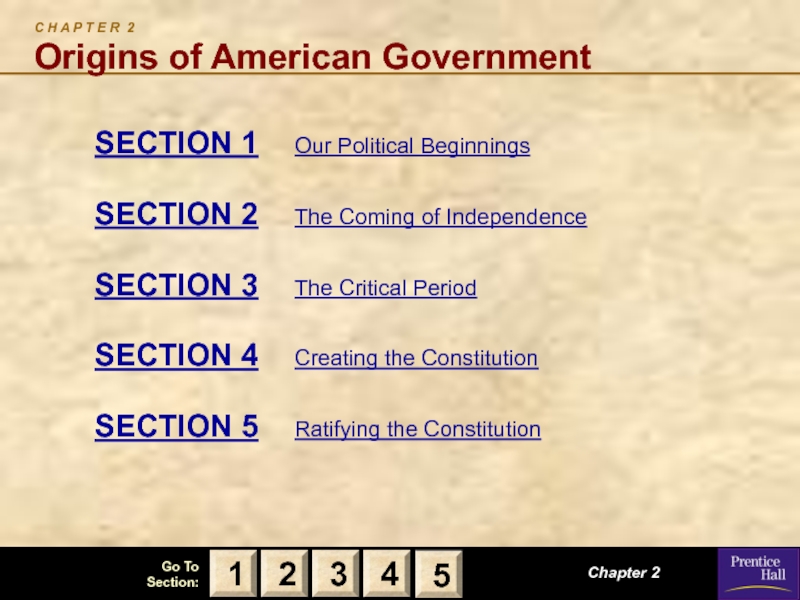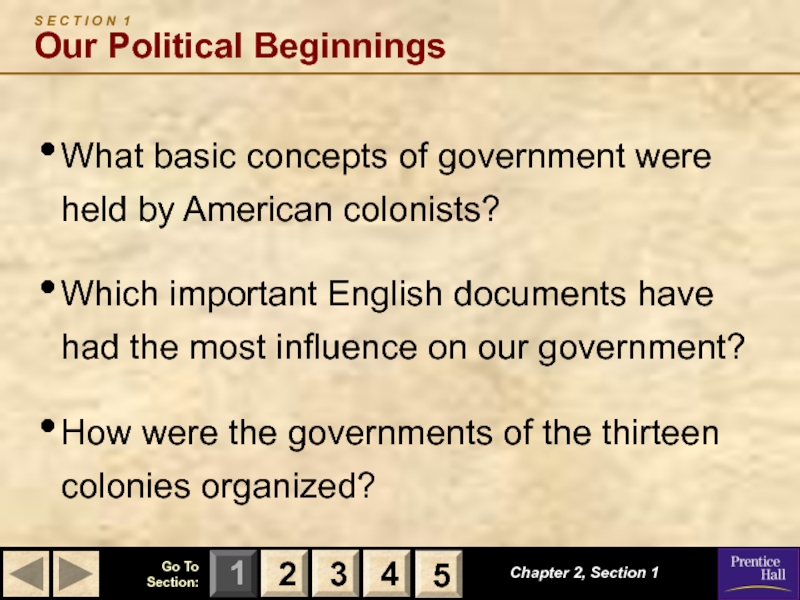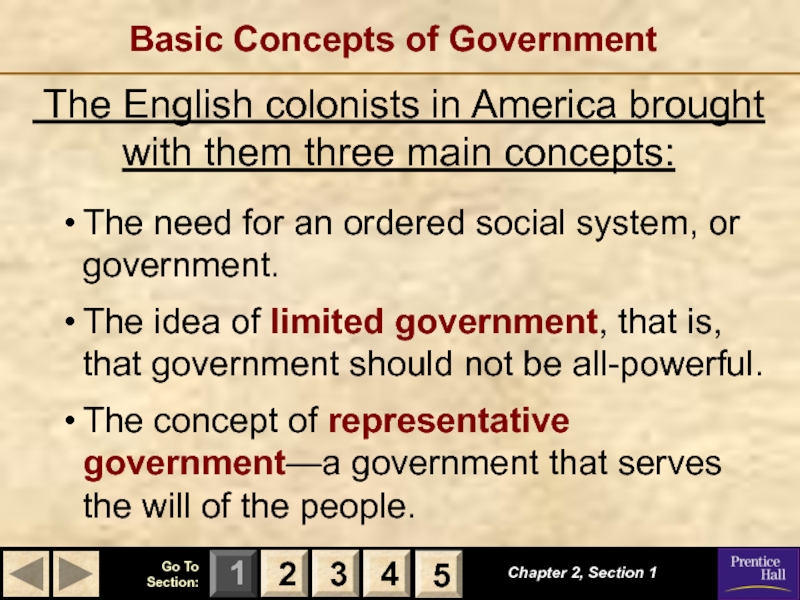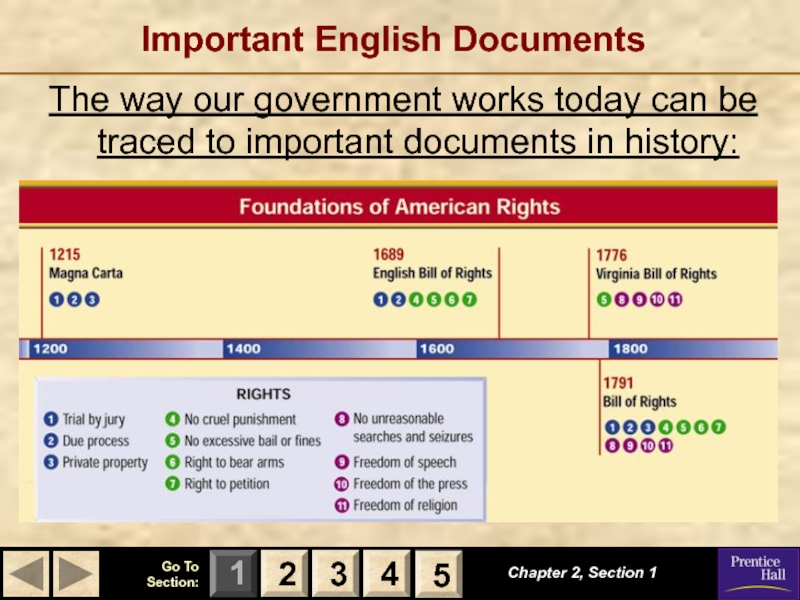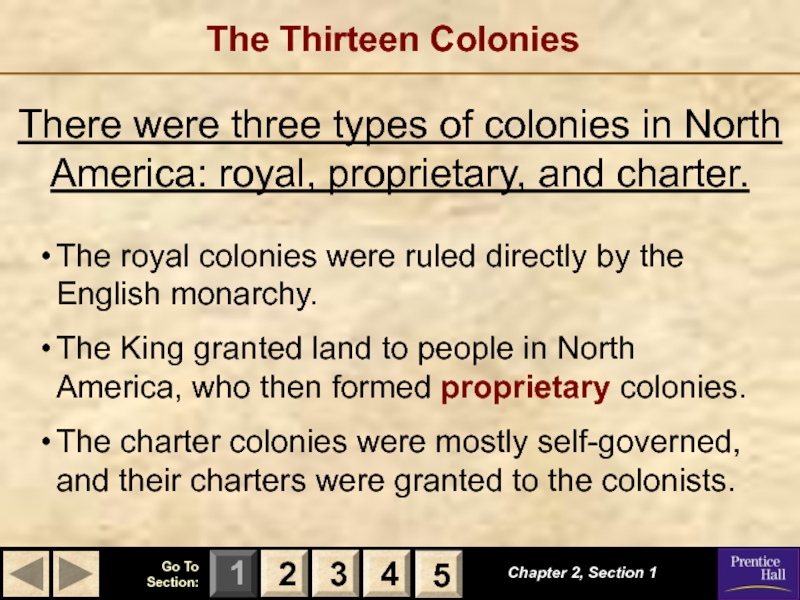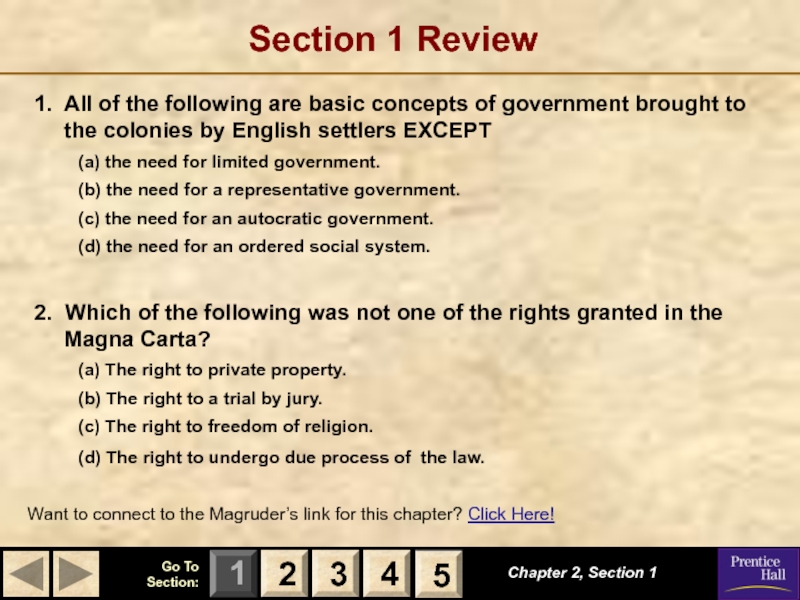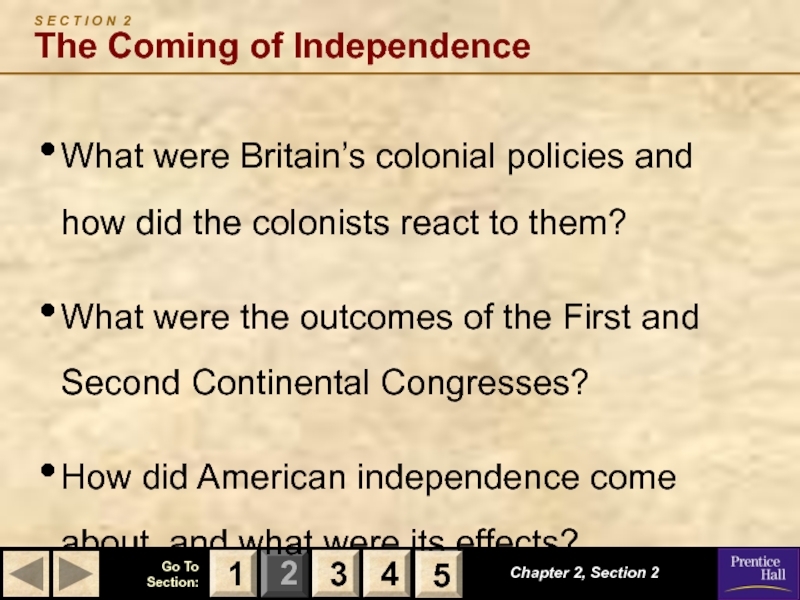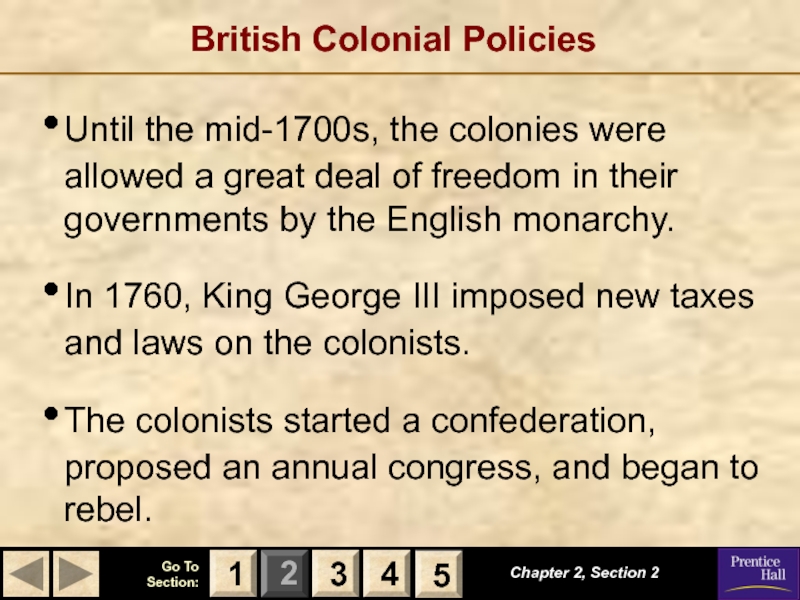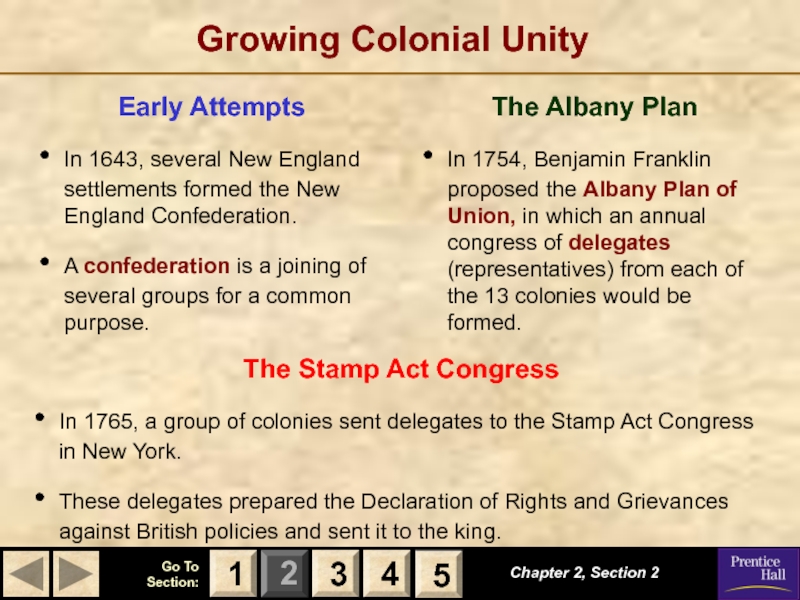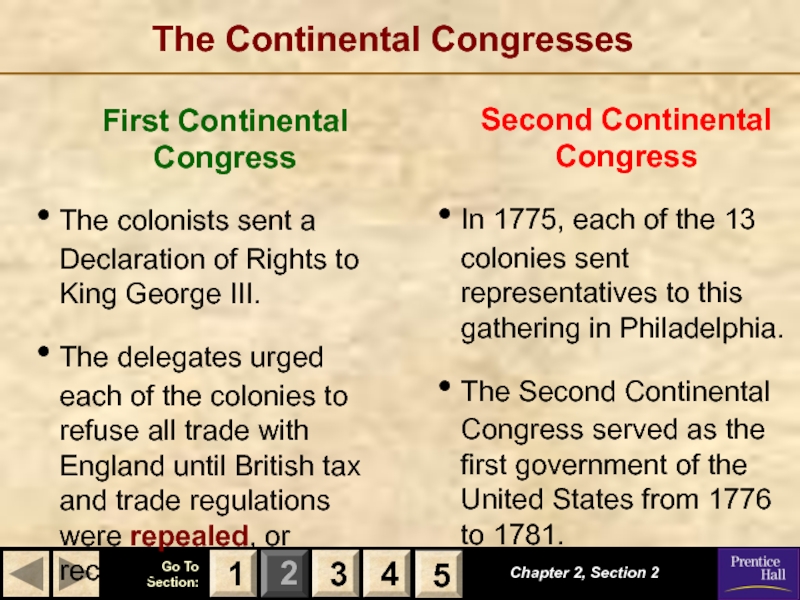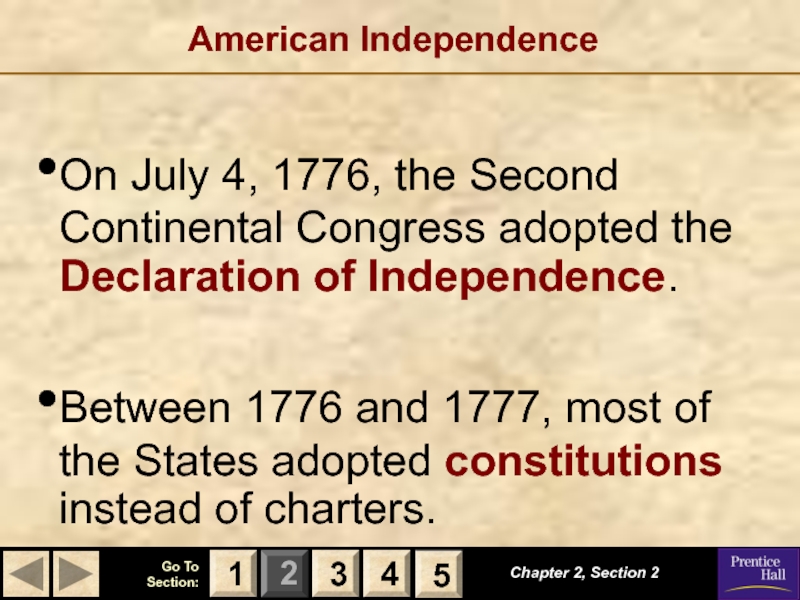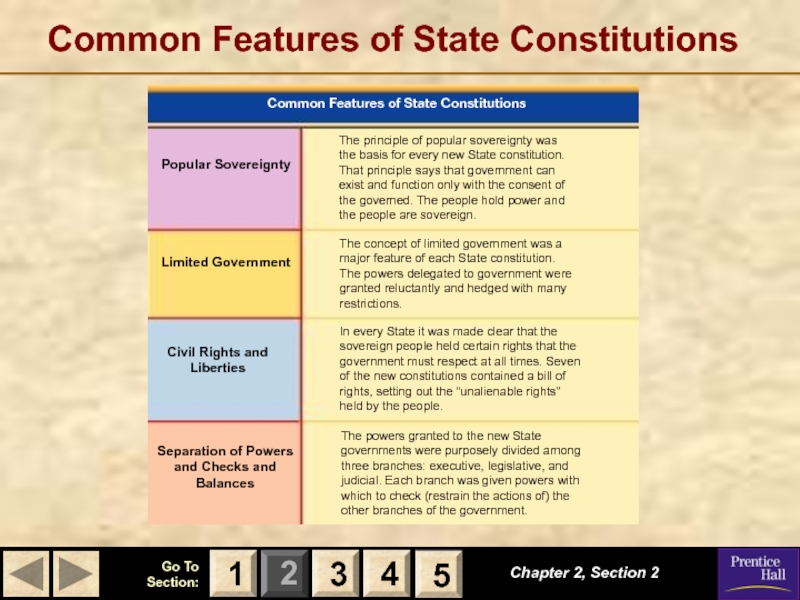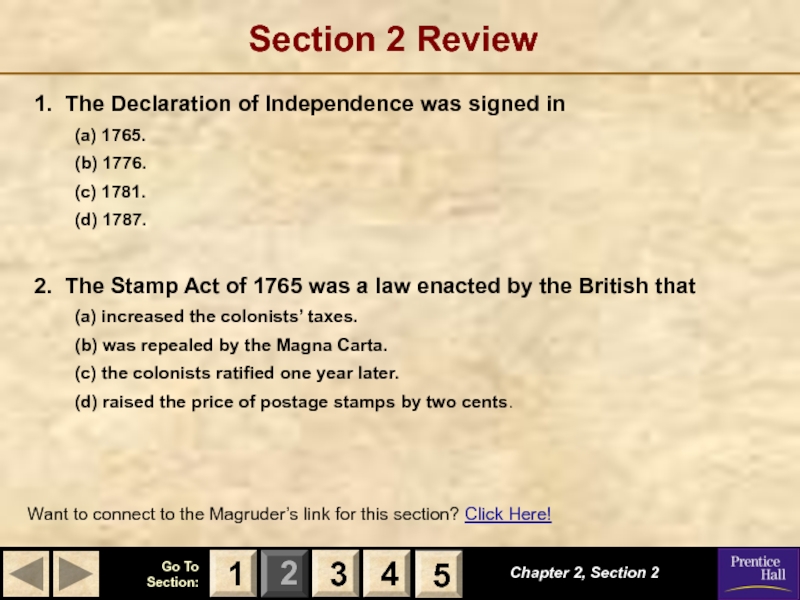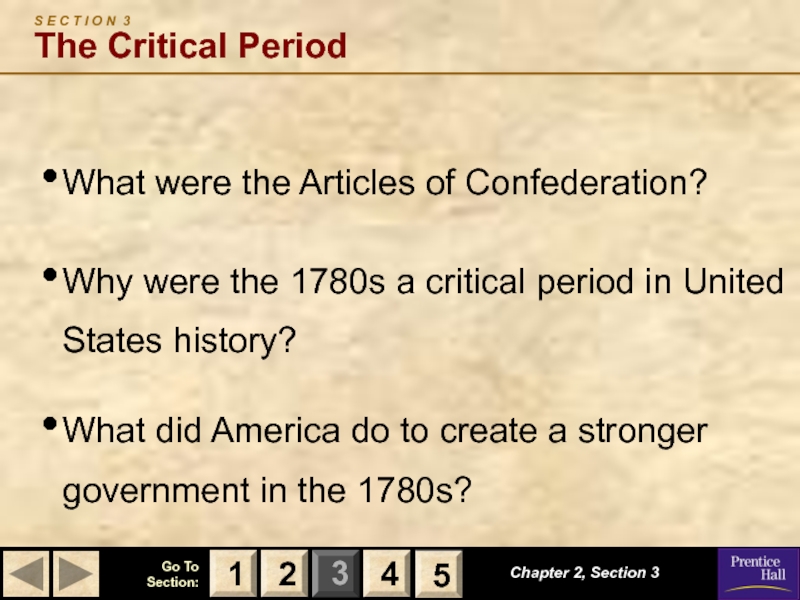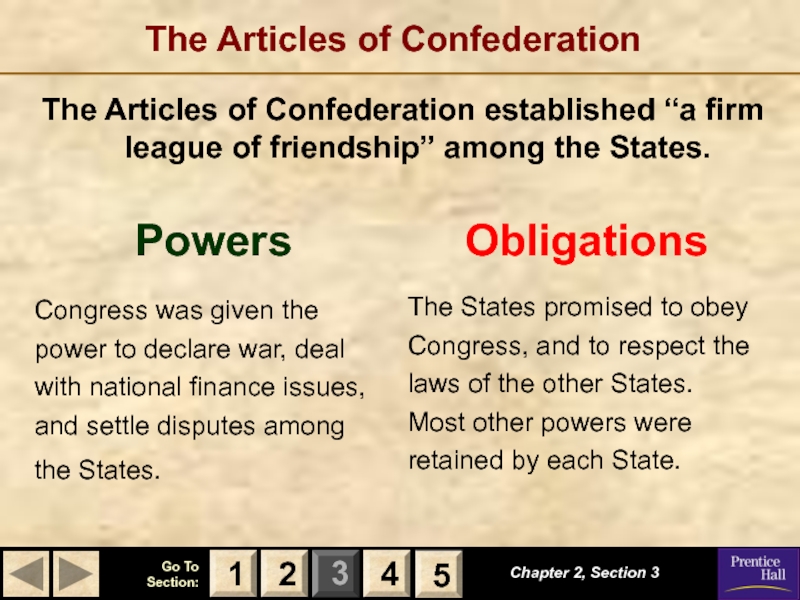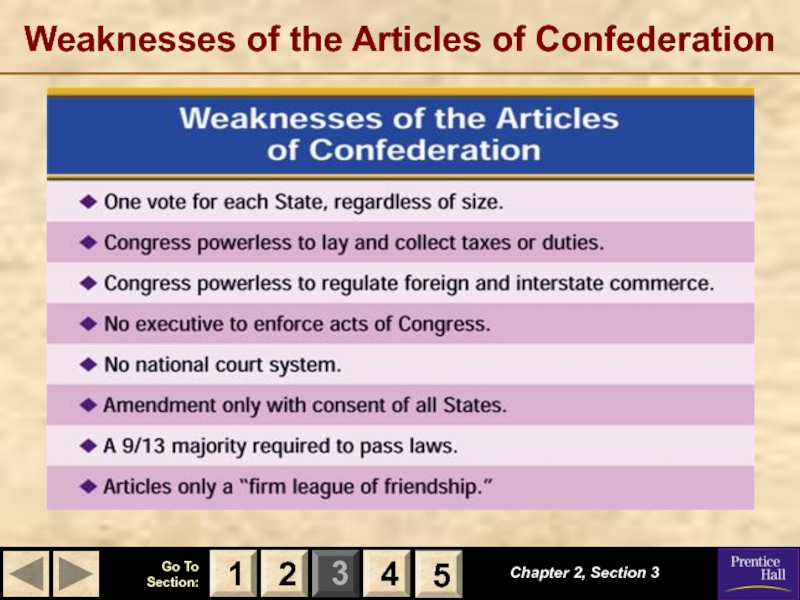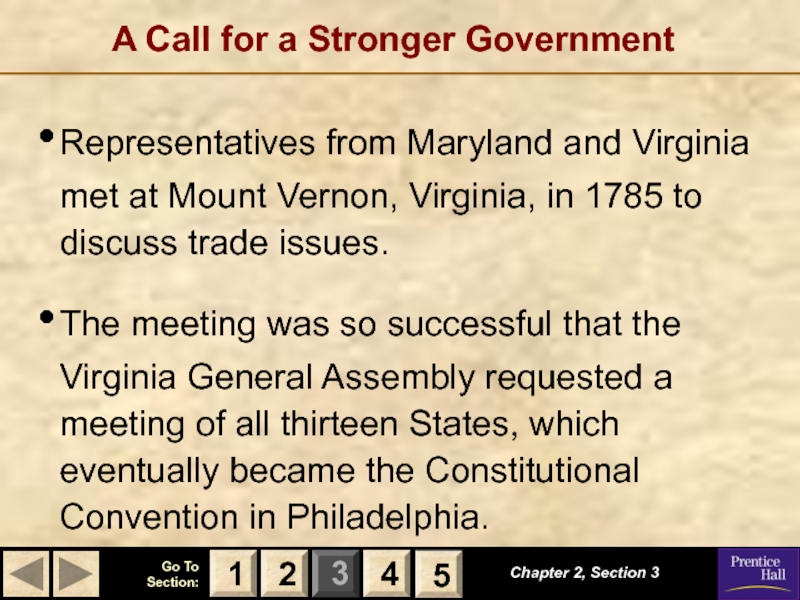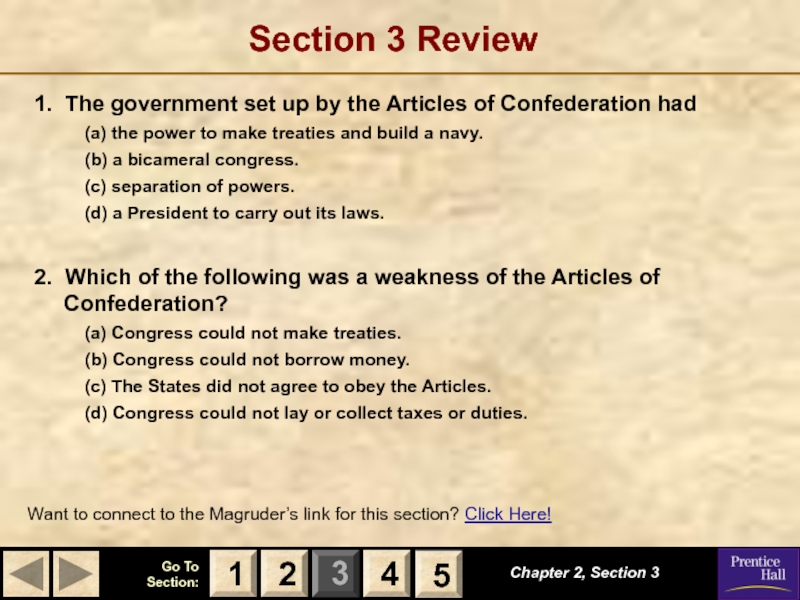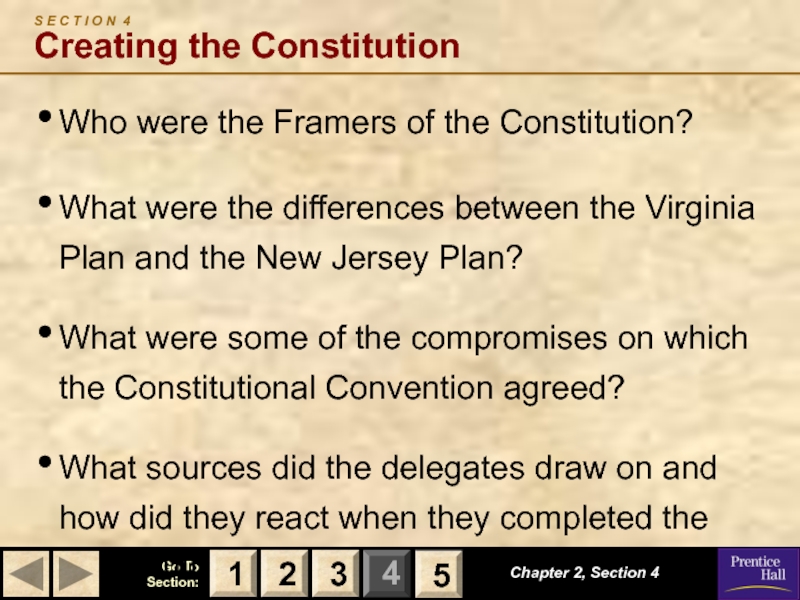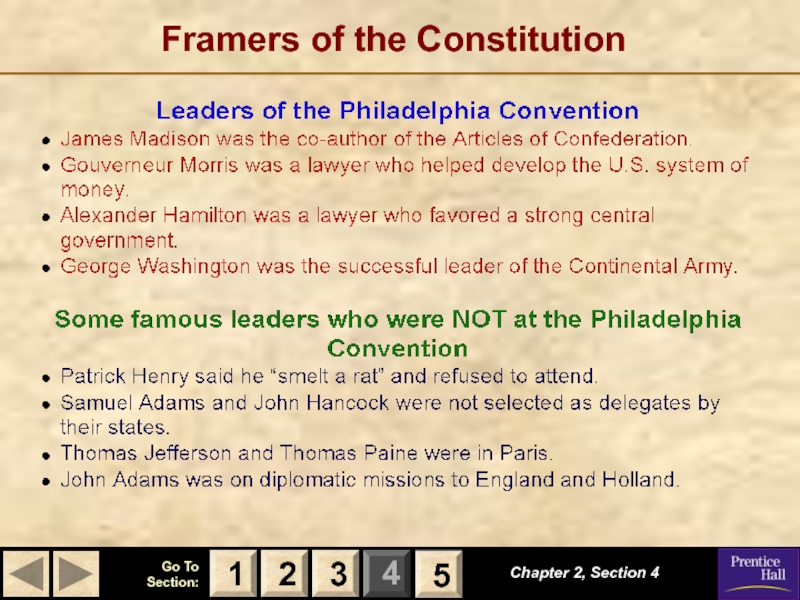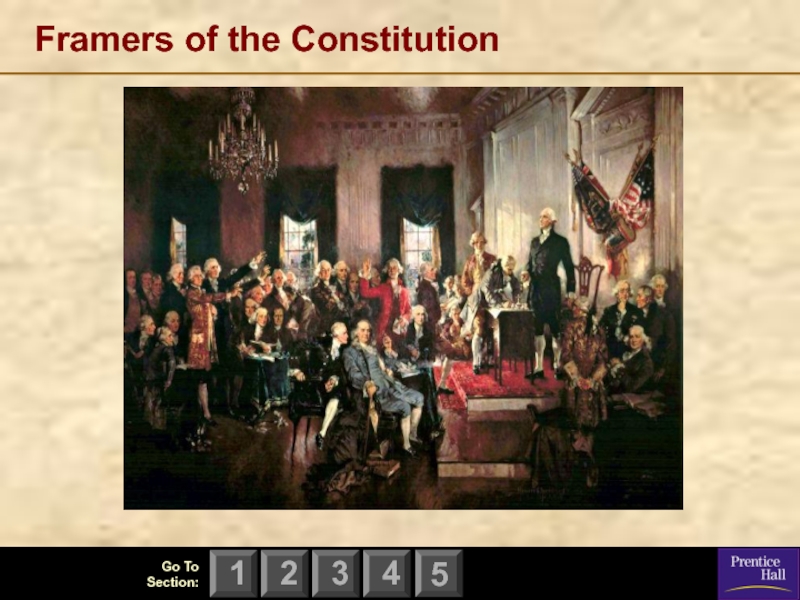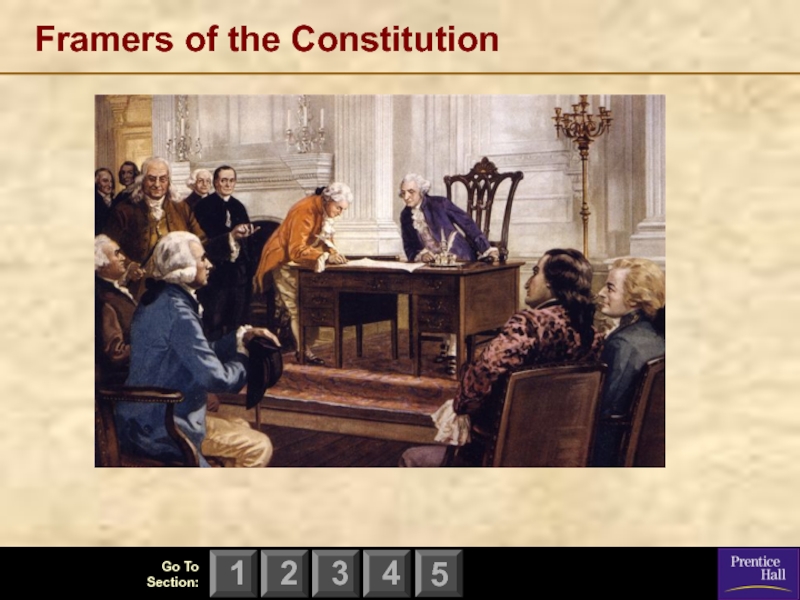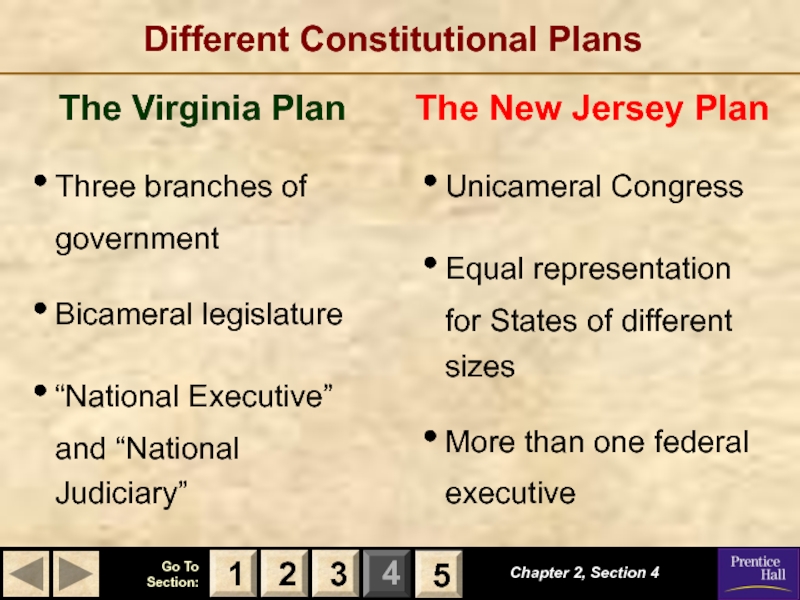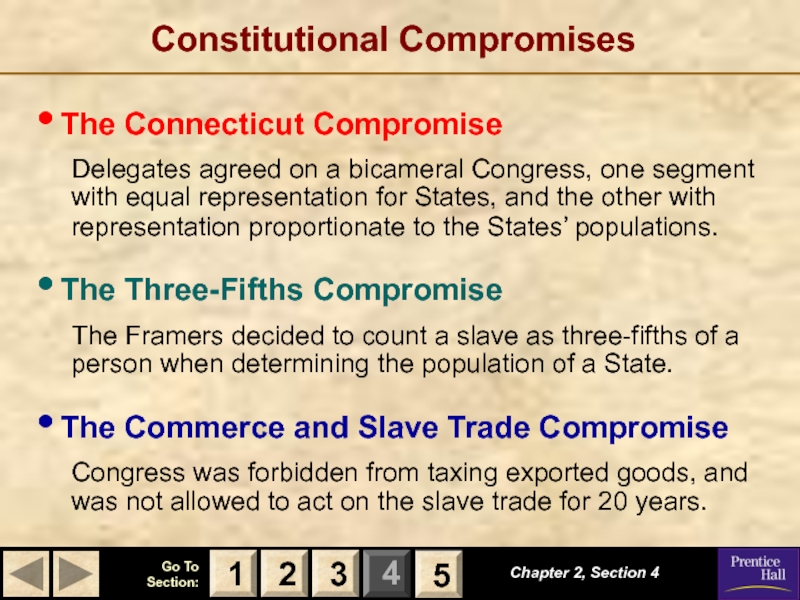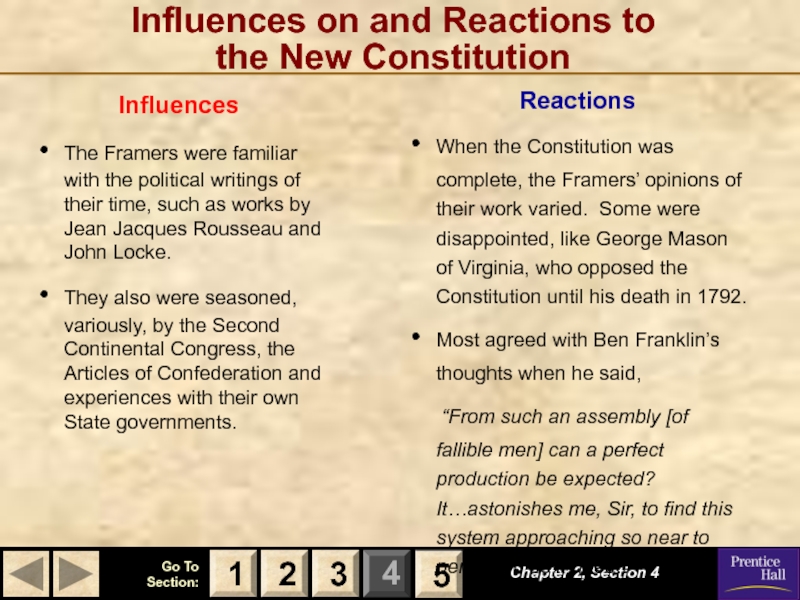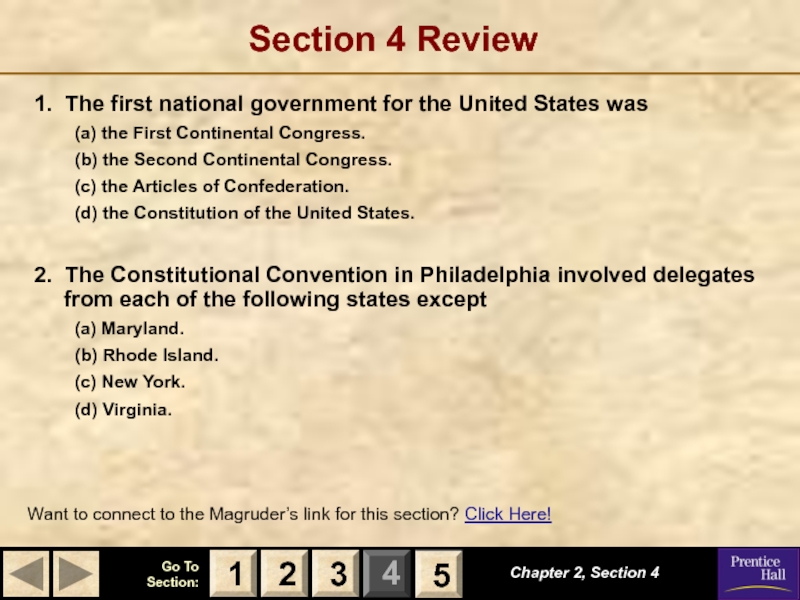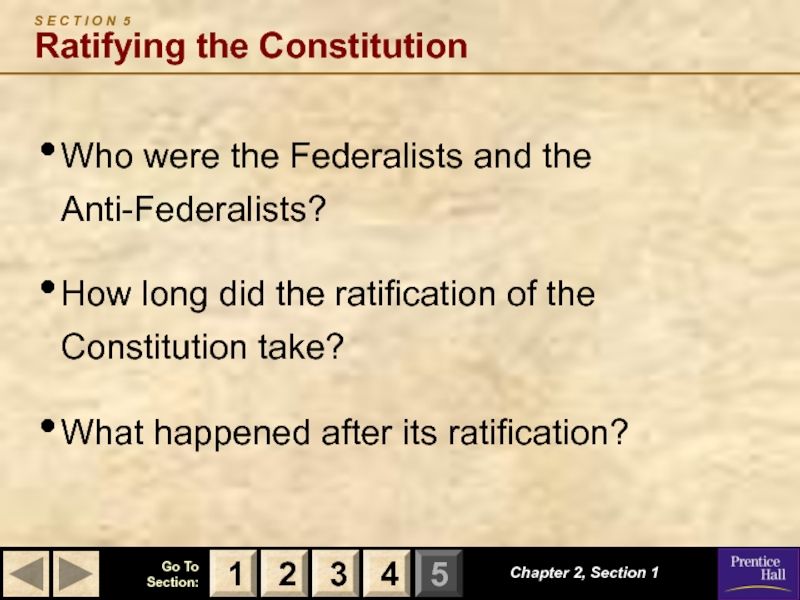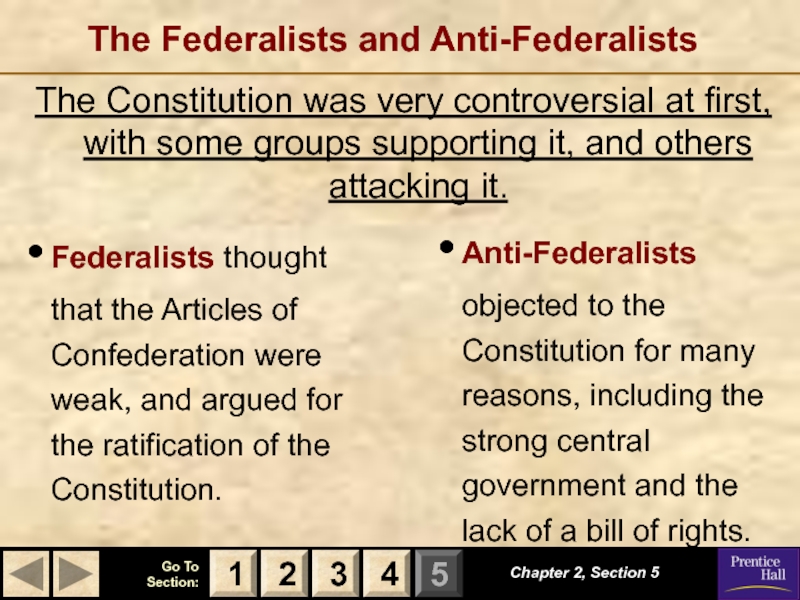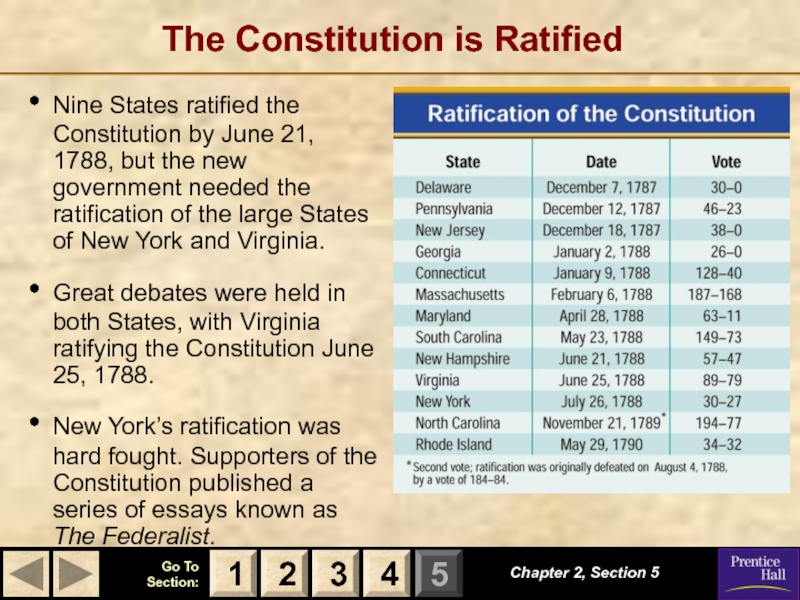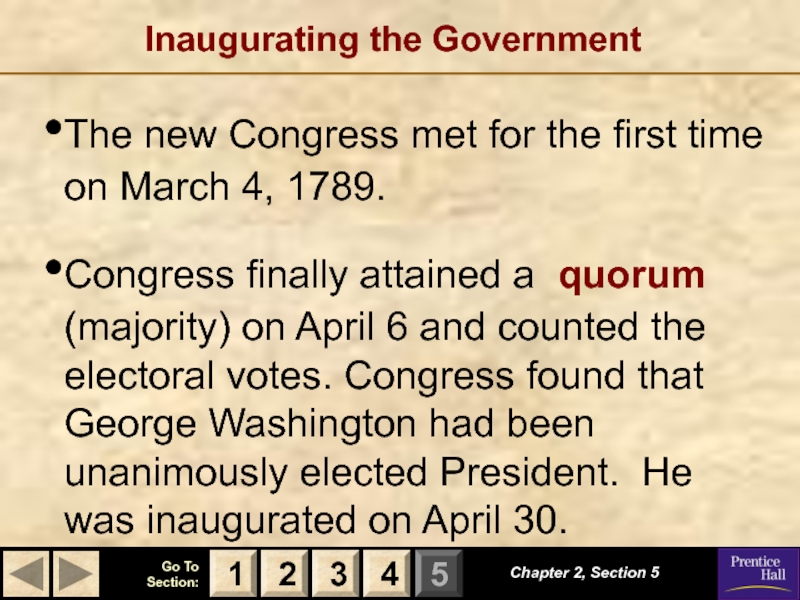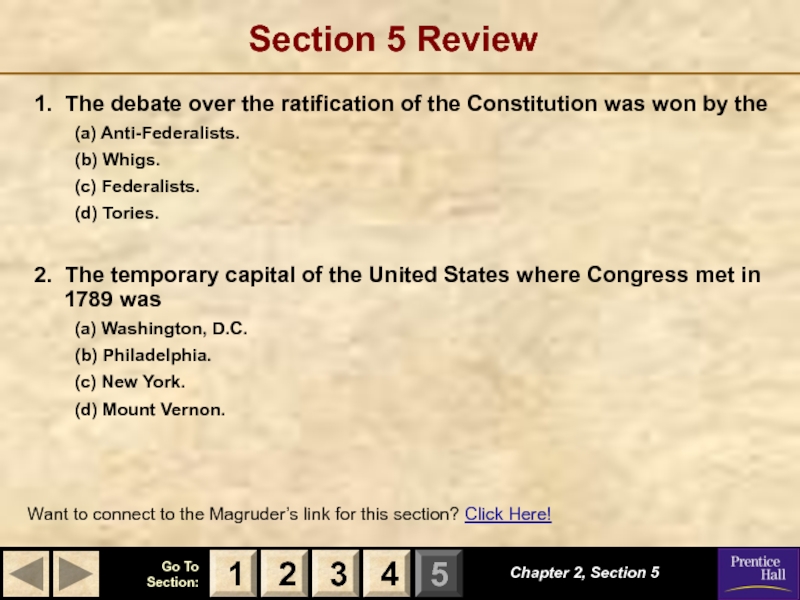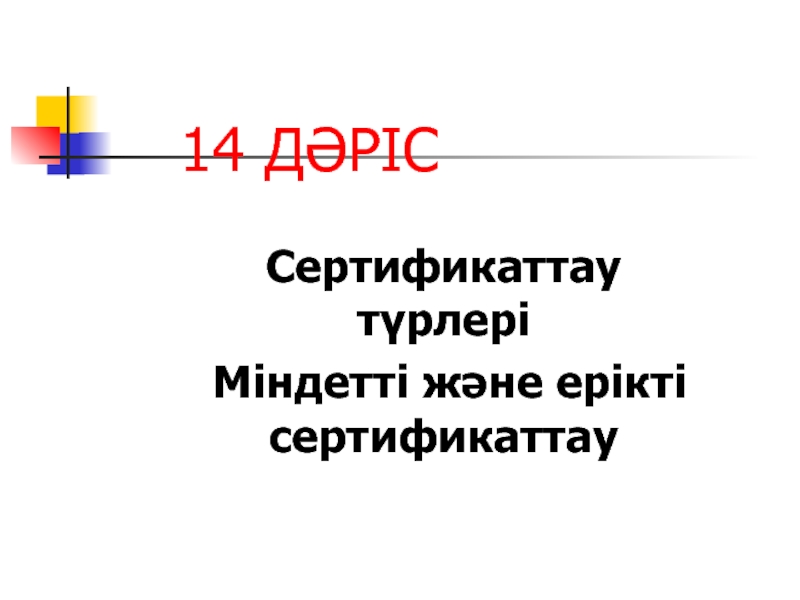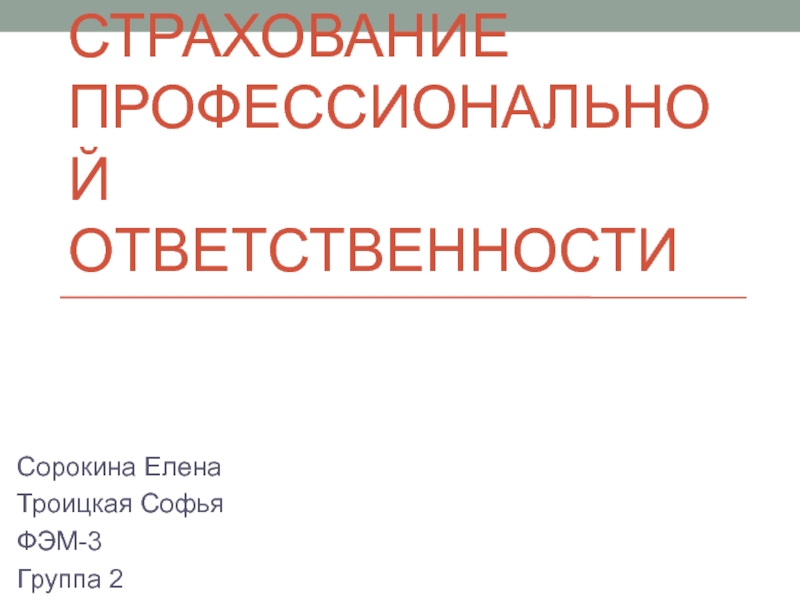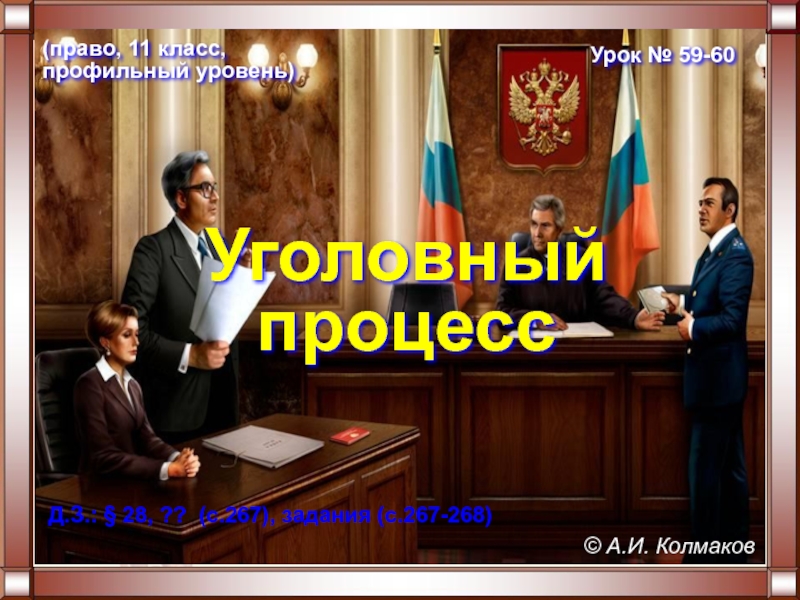- Главная
- Разное
- Дизайн
- Бизнес и предпринимательство
- Аналитика
- Образование
- Развлечения
- Красота и здоровье
- Финансы
- Государство
- Путешествия
- Спорт
- Недвижимость
- Армия
- Графика
- Культурология
- Еда и кулинария
- Лингвистика
- Английский язык
- Астрономия
- Алгебра
- Биология
- География
- Детские презентации
- Информатика
- История
- Литература
- Маркетинг
- Математика
- Медицина
- Менеджмент
- Музыка
- МХК
- Немецкий язык
- ОБЖ
- Обществознание
- Окружающий мир
- Педагогика
- Русский язык
- Технология
- Физика
- Философия
- Химия
- Шаблоны, картинки для презентаций
- Экология
- Экономика
- Юриспруденция
Magruder’s American Government. Origins of American Government презентация
Содержание
- 1. Magruder’s American Government. Origins of American Government
- 2. C H A P T E R
- 3. Chapter 2, Section 1 S E C
- 4. The English colonists in America
- 5. Important English Documents The way our government
- 6. The Thirteen Colonies Chapter 2, Section 1
- 7. Section 1 Review 1. All of the
- 8. S E C T I O N
- 9. Chapter 2, Section 2
- 10. Growing Colonial Unity Early Attempts In 1643,
- 11. The Continental Congresses Chapter 2, Section 2
- 12. American Independence On July 4, 1776, the
- 13. Common Features of State Constitutions Chapter 2,
- 14. Section 2 Review 1. The Declaration of
- 15. Chapter 2, Section 3 S E C
- 16. The Articles of Confederation The Articles of
- 17. Weaknesses of the Articles of Confederation Chapter
- 18. A Call for a Stronger Government Chapter
- 19. Section 3 Review 1. The government set
- 20. S E C T I O N
- 21. Framers of the Constitution Chapter 2, Section
- 22. Framers of the Constitution
- 23. Framers of the Constitution
- 24. Chapter 2, Section 4
- 25. Constitutional Compromises The Connecticut Compromise Delegates
- 26. Influences on and Reactions to the New
- 27. Section 4 Review 1. The first national
- 28. Chapter 2, Section 1 S E C
- 29. The Federalists and Anti-Federalists The Constitution was
- 30. The Constitution is Ratified Chapter 2, Section
- 31. Inaugurating the Government Chapter 2, Section 5
- 32. Section 5 Review 1. The debate over
Слайд 1© 2001 by Prentice Hall, Inc.
Magruder’s
American Government
C H A P T
Слайд 2C H A P T E R 2 Origins of American
SECTION 1 Our Political Beginnings
SECTION 2 The Coming of Independence
SECTION 3 The Critical Period
SECTION 4 Creating the Constitution
SECTION 5 Ratifying the Constitution
Chapter 2
2
3
4
1
5
Слайд 3Chapter 2, Section 1
S E C T I O N 1
Our
What basic concepts of government were held by American colonists?
Which important English documents have had the most influence on our government?
How were the governments of the thirteen colonies organized?
2
3
4
5
Слайд 4
The English colonists in America brought with them three main
Basic Concepts of Government
The need for an ordered social system, or government.
The idea of limited government, that is, that government should not be all-powerful.
The concept of representative government—a government that serves the will of the people.
Chapter 2, Section 1
2
3
4
5
Слайд 5Important English Documents
The way our government works today can be traced
Chapter 2, Section 1
2
3
4
5
Слайд 6The Thirteen Colonies
Chapter 2, Section 1
There were three types of colonies
2
3
4
5
The royal colonies were ruled directly by the English monarchy.
The King granted land to people in North America, who then formed proprietary colonies.
The charter colonies were mostly self-governed, and their charters were granted to the colonists.
Слайд 7Section 1 Review
1. All of the following are basic concepts of
(a) the need for limited government.
(b) the need for a representative government.
(c) the need for an autocratic government.
(d) the need for an ordered social system.
2. Which of the following was not one of the rights granted in the Magna Carta?
(a) The right to private property.
(b) The right to a trial by jury.
(c) The right to freedom of religion.
(d) The right to undergo due process of the law.
Chapter 2, Section 1
Want to connect to the Magruder’s link for this chapter? Click Here!
2
3
4
5
Слайд 8S E C T I O N 2
The Coming of Independence
What
What were the outcomes of the First and Second Continental Congresses?
How did American independence come about, and what were its effects?
Chapter 2, Section 2
3
4
1
5
Слайд 9Chapter 2, Section 2
3
4
1
5
British Colonial Policies
Until the mid-1700s, the colonies were
In 1760, King George III imposed new taxes and laws on the colonists.
The colonists started a confederation, proposed an annual congress, and began to rebel.
Слайд 10Growing Colonial Unity
Early Attempts
In 1643, several New England settlements formed the
A confederation is a joining of several groups for a common purpose.
The Albany Plan
In 1754, Benjamin Franklin proposed the Albany Plan of Union, in which an annual congress of delegates (representatives) from each of the 13 colonies would be formed.
Chapter 2, Section 2
3
4
1
5
The Stamp Act Congress
In 1765, a group of colonies sent delegates to the Stamp Act Congress in New York.
These delegates prepared the Declaration of Rights and Grievances against British policies and sent it to the king.
Слайд 11The Continental Congresses
Chapter 2, Section 2
3
4
1
5
First Continental Congress
The colonists sent a
The delegates urged each of the colonies to refuse all trade with England until British tax and trade regulations were repealed, or recalled.
Second Continental Congress
In 1775, each of the 13 colonies sent representatives to this gathering in Philadelphia.
The Second Continental Congress served as the first government of the United States from 1776 to 1781.
Слайд 12American Independence
On July 4, 1776, the Second Continental Congress adopted the
Between 1776 and 1777, most of the States adopted constitutions instead of charters.
Chapter 2, Section 2
3
4
1
5
Слайд 13Common Features of State Constitutions
Chapter 2, Section 2
3
4
1
5
The principle of popular
The concept of limited government was a major feature of each State constitution. The powers delegated to government were granted reluctantly and hedged with many restrictions.
In every State it was made clear that the sovereign people held certain rights that the government must respect at all times. Seven of the new constitutions contained a bill of rights, setting out the “unalienable rights” held by the people.
The powers granted to the new State governments were purposely divided among three branches: executive, legislative, and judicial. Each branch was given powers with which to check (restrain the actions of) the other branches of the government.
Слайд 14Section 2 Review
1. The Declaration of Independence was signed in
(a) 1765.
(b)
(c) 1781.
(d) 1787.
2. The Stamp Act of 1765 was a law enacted by the British that
(a) increased the colonists’ taxes.
(b) was repealed by the Magna Carta.
(c) the colonists ratified one year later.
(d) raised the price of postage stamps by two cents.
Chapter 2, Section 2
Want to connect to the Magruder’s link for this section? Click Here!
3
4
1
5
Слайд 15Chapter 2, Section 3
S E C T I O N 3
The
What were the Articles of Confederation?
Why were the 1780s a critical period in United States history?
What did America do to create a stronger government in the 1780s?
2
4
1
5
Слайд 16The Articles of Confederation
The Articles of Confederation established “a firm league
Chapter 2, Section 3
Powers
Congress was given the power to declare war, deal with national finance issues, and settle disputes among the States.
Obligations
The States promised to obey Congress, and to respect the laws of the other States. Most other powers were retained by each State.
2
4
1
5
Слайд 18A Call for a Stronger Government
Chapter 2, Section 3
2
4
1
5
Representatives from Maryland
The meeting was so successful that the Virginia General Assembly requested a meeting of all thirteen States, which eventually became the Constitutional Convention in Philadelphia.
Слайд 19Section 3 Review
1. The government set up by the Articles of
(a) the power to make treaties and build a navy.
(b) a bicameral congress.
(c) separation of powers.
(d) a President to carry out its laws.
2. Which of the following was a weakness of the Articles of Confederation?
(a) Congress could not make treaties.
(b) Congress could not borrow money.
(c) The States did not agree to obey the Articles.
(d) Congress could not lay or collect taxes or duties.
Chapter 2, Section 3
Want to connect to the Magruder’s link for this section? Click Here!
2
4
1
5
Слайд 20S E C T I O N 4
Creating the Constitution
Who were
What were the differences between the Virginia Plan and the New Jersey Plan?
What were some of the compromises on which the Constitutional Convention agreed?
What sources did the delegates draw on and how did they react when they completed the Constitution?
Chapter 2, Section 4
2
3
1
5
Слайд 24Chapter 2, Section 4
2
3
1
5
Different Constitutional Plans
The Virginia Plan
Three branches of government
Bicameral
“National Executive” and “National Judiciary”
The New Jersey Plan
Unicameral Congress
Equal representation for States of different sizes
More than one federal executive
Слайд 25Constitutional Compromises
The Connecticut Compromise
Delegates agreed on a bicameral Congress, one
The Three-Fifths Compromise
The Framers decided to count a slave as three-fifths of a person when determining the population of a State.
The Commerce and Slave Trade Compromise
Congress was forbidden from taxing exported goods, and was not allowed to act on the slave trade for 20 years.
Chapter 2, Section 4
2
3
1
5
Слайд 26Influences on and Reactions to
the New Constitution
Influences
The Framers were familiar with
They also were seasoned, variously, by the Second Continental Congress, the Articles of Confederation and experiences with their own State governments.
Chapter 2, Section 4
2
3
1
5
Reactions
When the Constitution was complete, the Framers’ opinions of their work varied. Some were disappointed, like George Mason of Virginia, who opposed the Constitution until his death in 1792.
Most agreed with Ben Franklin’s thoughts when he said,
“From such an assembly [of fallible men] can a perfect production be expected? It…astonishes me, Sir, to find this system approaching so near to perfection as it does…”
Слайд 27Section 4 Review
1. The first national government for the United States
(a) the First Continental Congress.
(b) the Second Continental Congress.
(c) the Articles of Confederation.
(d) the Constitution of the United States.
2. The Constitutional Convention in Philadelphia involved delegates from each of the following states except
(a) Maryland.
(b) Rhode Island.
(c) New York.
(d) Virginia.
Chapter 2, Section 4
Want to connect to the Magruder’s link for this section? Click Here!
2
3
1
5
Слайд 28Chapter 2, Section 1
S E C T I O N 5
Ratifying
Who were the Federalists and the Anti-Federalists?
How long did the ratification of the Constitution take?
What happened after its ratification?
2
3
4
1
Слайд 29The Federalists and Anti-Federalists
The Constitution was very controversial at first, with
Chapter 2, Section 5
2
4
1
3
Federalists thought that the Articles of Confederation were weak, and argued for the ratification of the Constitution.
Anti-Federalists objected to the Constitution for many reasons, including the strong central government and the lack of a bill of rights.
Слайд 30The Constitution is Ratified
Chapter 2, Section 5
3
4
1
2
Nine States ratified the Constitution
Great debates were held in both States, with Virginia ratifying the Constitution June 25, 1788.
New York’s ratification was hard fought. Supporters of the Constitution published a series of essays known as The Federalist.
Слайд 31Inaugurating the Government
Chapter 2, Section 5
2
4
1
3
The new Congress met for the
Congress finally attained a quorum (majority) on April 6 and counted the electoral votes. Congress found that George Washington had been unanimously elected President. He was inaugurated on April 30.
Слайд 32Section 5 Review
1. The debate over the ratification of the Constitution
(a) Anti-Federalists.
(b) Whigs.
(c) Federalists.
(d) Tories.
2. The temporary capital of the United States where Congress met in 1789 was
(a) Washington, D.C.
(b) Philadelphia.
(c) New York.
(d) Mount Vernon.
Chapter 2, Section 5
Want to connect to the Magruder’s link for this section? Click Here!
2
3
1
4
